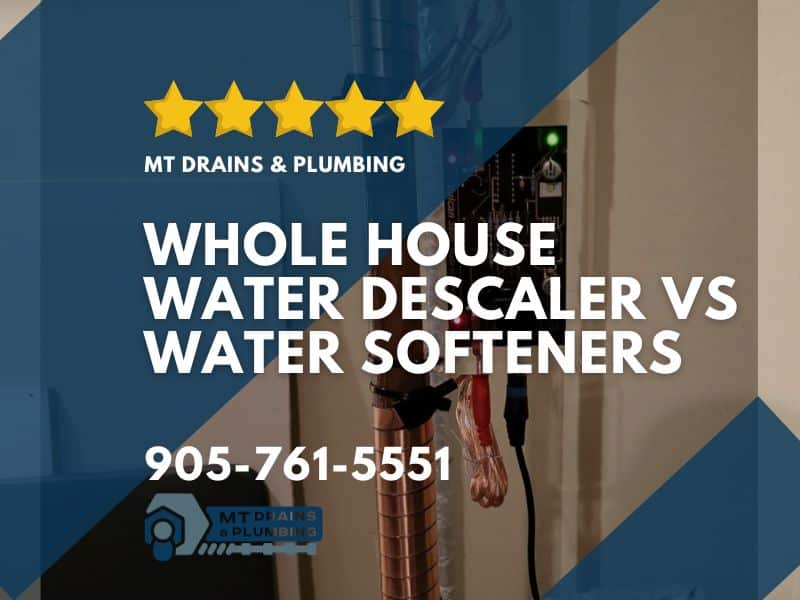If you need to prevent sewage or other liquids from draining backwards within a pipe system, a check valve or backwater valve is one of the most effective and affordable solutions on the market. Both check valves and backwater valves ensure that users avoid the adverse effects of backflow.
What is a Check Valve?
A check valve is a product that is exclusively designed to prevent the backflow of liquid in a closed system, like pipes. The type of valve is useful in many situations, including for individuals who want to avoid sewage backup from flowing back into their property.
Types of Check Valves

Swing Type
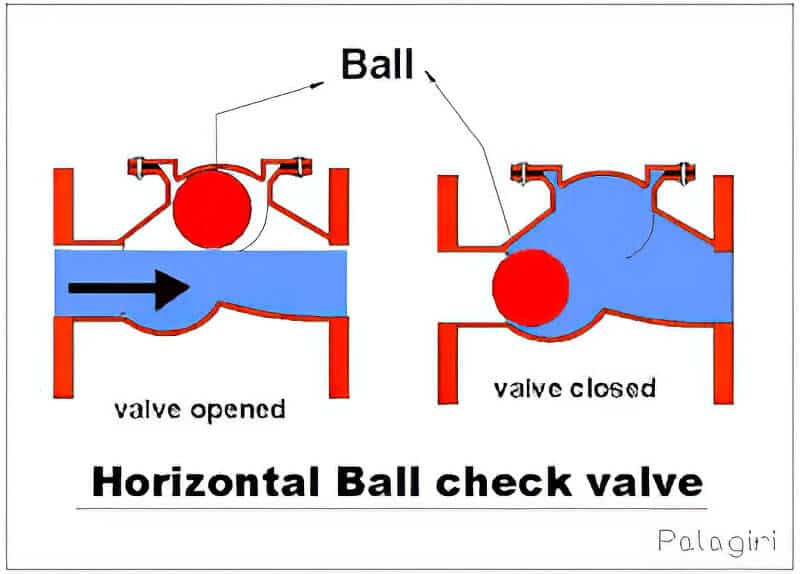
Lift Type
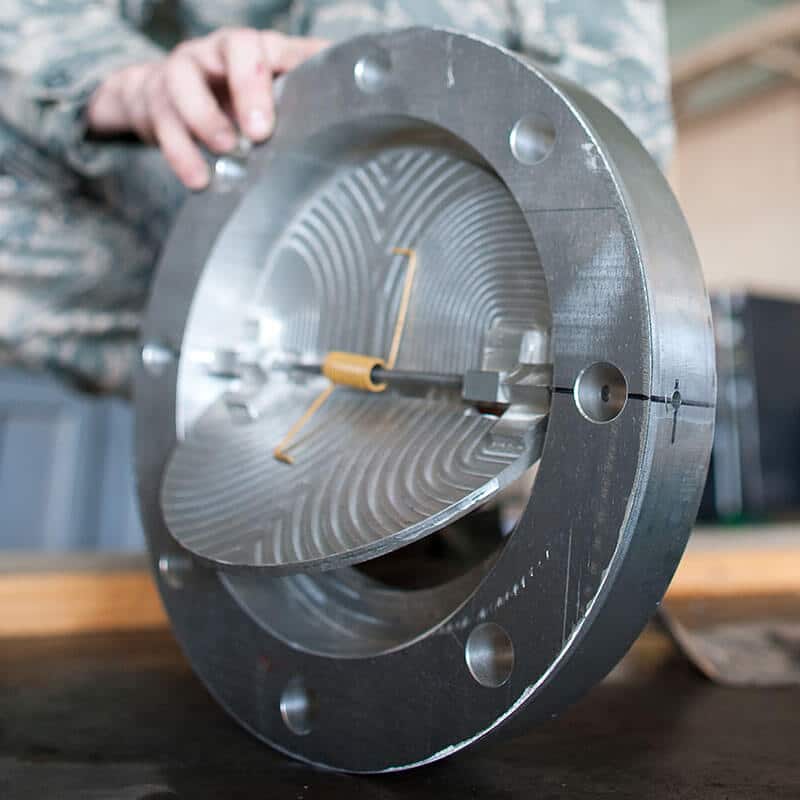

Dual Plate Type
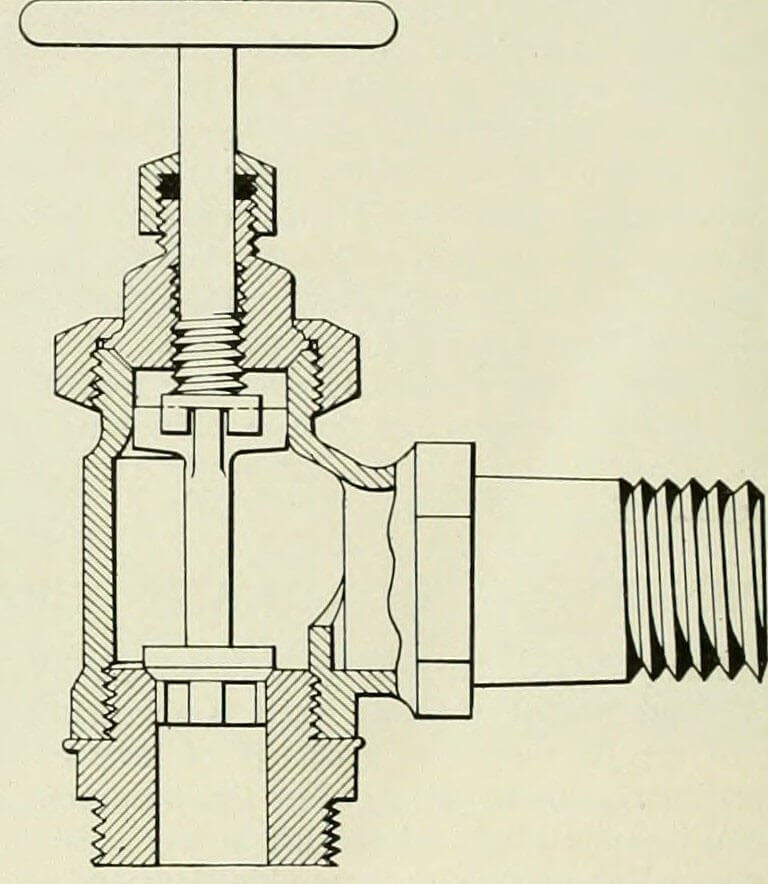
Stop Check Valve Type
What is a Backwater Valve?
Types of Backwater Valves
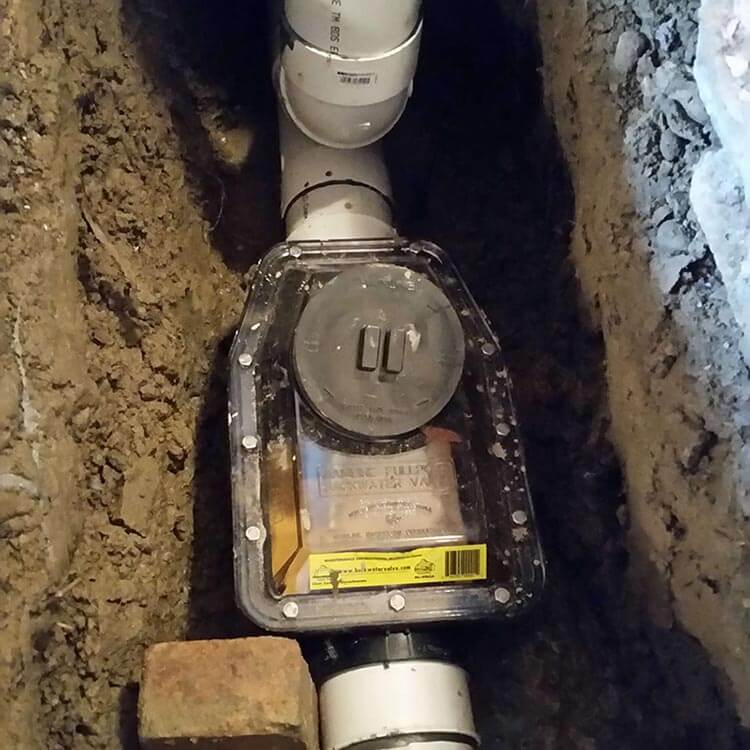
Flapper Type

Ball Float
Automatic Knife
How They Differ: Check Valve vs Backwater Valve

Call us for Residential and Commercial Check Valve or Backwater Valve Assessments
If you need a check valve service or backwater valve installation, we work with local clients to professionally implement backwater prevention systems. We also troubleshoot problems with current backwater valves and check valves quickly and efficiently.




